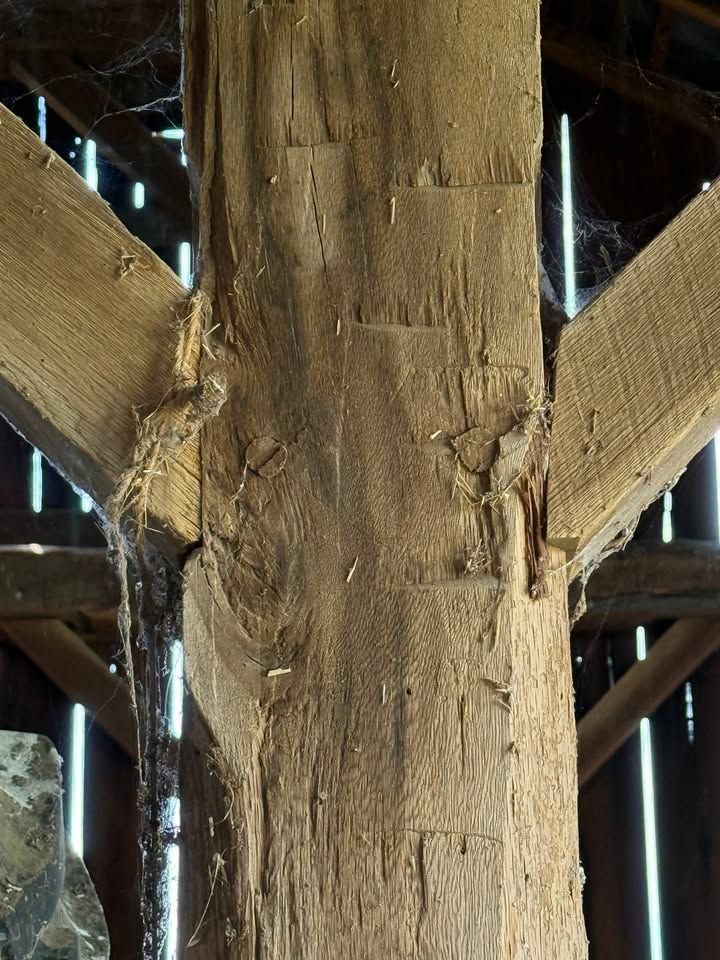Fuming Wood Explained: A Unique Woodworking Process
Fuming Wood: Transforming Wood’s Appearance with This Technique

Fuming wood is a unique woodworking process that involves exposing wood to ammonia fumes, which react chemically with the tannins naturally present in certain wood species. This reaction darkens the wood and highlights its grain pattern without using stains or surface coatings.
The technique works best on white oak due to its high tannin content and is appreciated for enhancing wood’s natural beauty in a colorfast and durable way, making it a preferred method for fine woodworking and furniture making.
What Is Fuming Wood?
Fuming wood, often called ammonia fuming, is a finishing process that uses ammonia vapors to darken the wood from within. The wood is placed in an airtight chamber or tent containing a strong aqueous solution of ammonium hydroxide.
The ammonia fumes penetrate the wood fibers and chemically react with the tannins, causing the wood to develop a richer, deeper color, often a smoky brown or grey-green tone. This process is most effective on white oak and some other tannin-rich woods, but it generally does not obscure the wood grain; instead, it dramatically enhances it.
Unlike staining, fuming changes the actual color of the wood several millimeters deep into the grain, even on end grains, which results in a long-lasting and uniform finish that is hard to replicate with surface treatments.
The process is somewhat unpredictable since the intensity of color depends on the tannin content, the ammonia strength, and exposure duration. However, it avoids blotches and uneven stains while maintaining the wood’s natural character.
Advantages of Fuming Wood
Durability and Depth
The color alteration penetrates deep into the wood, making scratches or sanding less noticeable over time compared to surface stains.
Grain Enhancement
Fuming highlights the intricate grain patterns and medullary rays, especially in quartersawn white oak, providing a unique aesthetic.
Uniform Color
Fuming results in consistent color on side and end grains, making it easier to achieve a balanced look compared to staining.
Low Maintenance
The ammonia-fumed wood maintains its color over time without fading or blotching and does not require frequent refinishing.
Repairable
Because the color change goes inward, minor damage can be repaired with less visible impact.
Safety and Considerations
The fuming process requires careful handling since concentrated ammonia solutions are corrosive and the fumes can be harmful if inhaled. It must be conducted in a sealed environment with proper protective equipment such as respirators, gloves, and eye protection. The self-contained chamber or tent ensures safety and successful fuming.
Fuming Wood in Practice
The process typically takes a few hours to several days depending on the desired color intensity. After fuming, the wood is often oiled or finished as desired, with no limitation on the type of topcoat used. This makes it versatile for any woodworking project where a natural yet richly colored finish is desired.
Timber and Wood Restoration
Fuming wood remains a fascinating and effective method to enhance the natural aesthetics of wood, especially white oak, transforming simple wood into a richly colored, grain-emphasized masterpiece. Its depth, durability, and timeless appeal make it a favorite among woodworkers who seek a natural and elegant finish without relying on stains or dyes.
The combination of traditional techniques like fuming and expert craftsmanship in restoration projects, such as those offered by
Bay & Bent, highlights the enduring beauty and value of quality woodwork in both new creations and historic preservation.
This process allows woodworkers and enthusiasts alike to celebrate the natural character of wood while achieving a unique and durable finish that stands the test of time.









